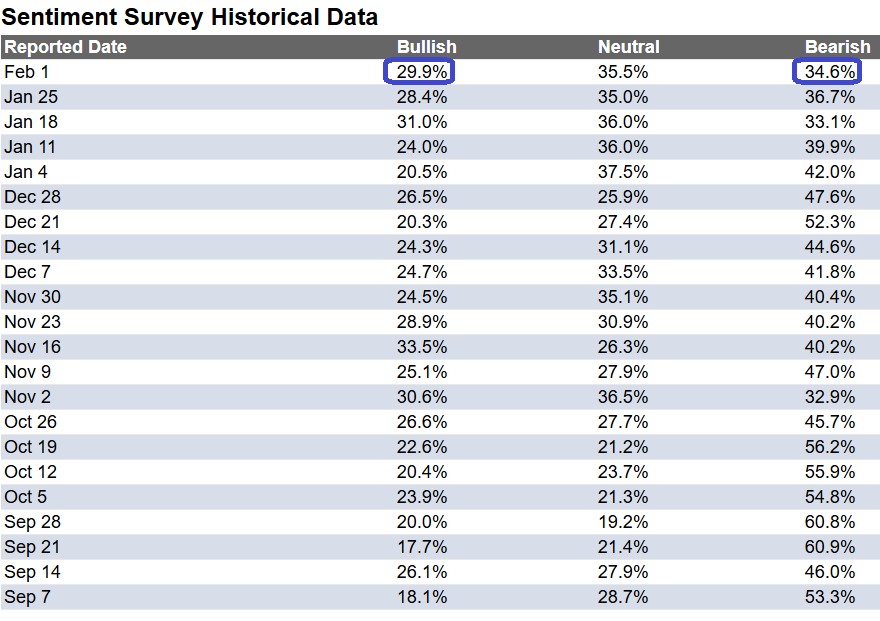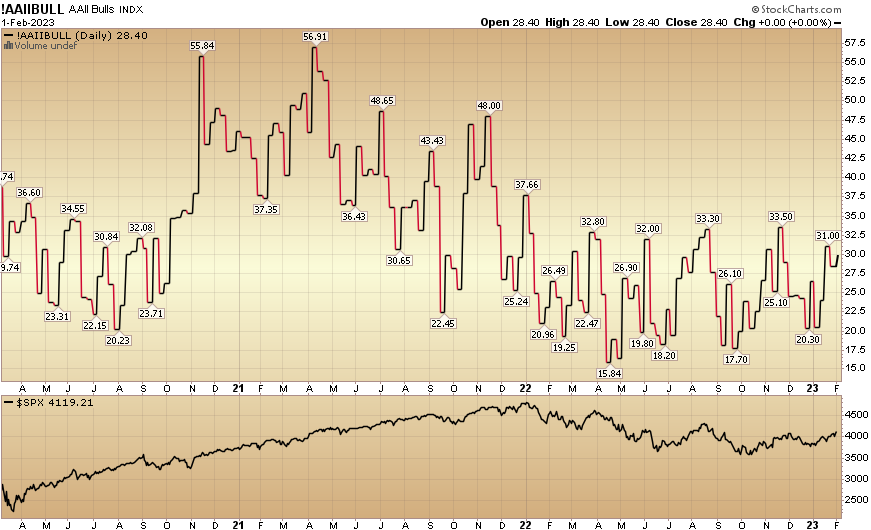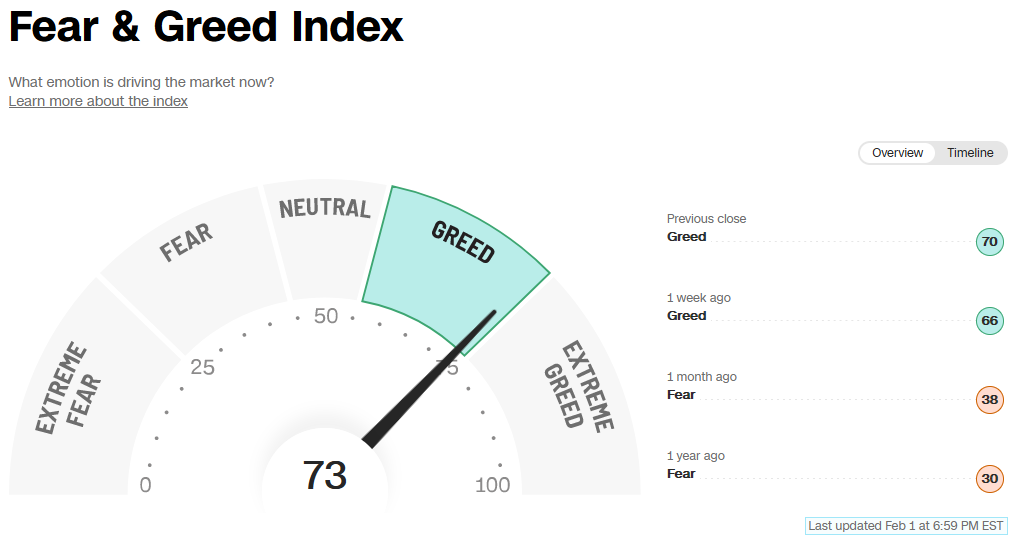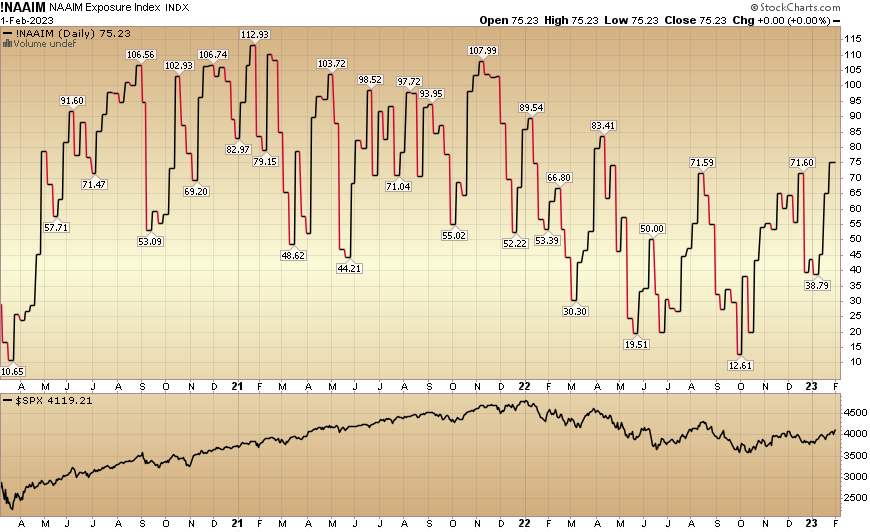On Wednesday we got a de-clawed hawk in Chairman Powell and he treaded carefully. It was as if he was a hawk on barbed wire knowing if he swayed too far to either side he would get cut. For the first time he acknowledged we are in a dis-inflationary environment and goods inflation is coming down fast.
Powell attempted to temper the dovish sentiment by saying there was “more work to be done” and the dot plot could go higher OR LOWER at the next meeting. Or lower? WOW, just wow. In my view, the most important quote of the press conference was, “you saw what the Bank of Canada did.” I’m now convinced he is a reader of our blog (kidding, not kidding!) considering our article and podcast from last week was exclusively focused on how the Bank of Canada paused last week and Powell should follow suit:
CNBC
This Morning I joined Maria Katarina on CNBC “Closing Bell” Indonesia to discuss the latest Fed Move and implications. Thanks to Fitria Anggrayni and Maria for having me on:
A few key points from my Show Notes ahead of the segment:
Is inflation headed back to 2%?
-Latest year-over-year change in core PCE at just 4.4%. This last hike of 25bps hike took the Fed Funds rate above this level – which is historically what has been needed to crush inflation.
–Fed now has justification to PAUSE if they want to. Interest expense has been raised from $400B to $1T due to rate hikes. Cannot afford with 120% debt/gdp. Must inflate away by running inflation at 3%+.
Most important concept (Fed)👇👇👇https://t.co/861N7oyBC3
— Thomas J. Hayes (@HedgeFundTips) January 29, 2023
-5 yr. inflation breakevens have dropped to 2.29% from 3.59% last March. Inflation expectations (which drive behavior) are contained.
-For the first time he acknowledged we are in a dis-inflationary environment and goods inflation is coming down fast.
“We can now say I think for the first time that the disinflationary process has started. We can see that and we see it really in goods prices so far,”
What are the odds of the Fed raising interest rates at the next meeting this year?
Right now futures markets have an 82.7% probability of 25bps and 17.3% chance of no hike.
Will be data dependent upon 2 jobs reports and inflation numbers.
Powell attempted to temper the dovish sentiment with saying there was “more work to be done” and the dot plot could go higher OR LOWER at the next meeting.
Jerome Powell said it is “certainly possible” that the Fed will keep its benchmark interest rate below 5%. The Fed’s latest hike brings that Federal funds rate to a range of 4.50% to 4.75%.
Powell also said that he still thinks the Fed can get inflation back down to 2% “without a really significant downturn, or a really significant increase in unemployment.”
What is the impact of the Fed’s decision on stock movements on Wall Street?
-We saw Stocks UP, 10year yield dropped to 3.4% and Dollar Dropped.
-Market thinks pause or one more 25bps at next meeting. Tightening process at/near end.
What are today’s investors looking for: safer stocks or bonds?
Buy high quality companies that have been marked down:
Alibaba – Best Idea. Buy at 2014 prices. Government focused on consumption.
Is gold still a safe haven or do investors tend to hold their funds in cash?
Buy productive companies to guard against inflation. Gold is a non- productive asset.
How attractive is the financial market in Indonesia? The largest financial market in Southeast Asia, with inflation tending to be under control after the price of crude oil slumped below USD100/dollar.
Good demographics/strong balance sheet. 3rd largest democracy. Debt/GDP 41%.
How do you see the strength of the rupiah and other countries in the Asian region amidst the still strong dollar index?
Dollar has come down 11%. EEM currencies will appreciate.
TVRI World
We covered similar topics with Aline Wiratmaja on Monday. Thanks to Aline for having me on TVRI World (oldest TV station in Indonesia). Not only has Canada paused hikes, but Indonesia has paused, Malaysia has paused, and Philippines may be next:
Here were my show notes ahead of the segment:
- The global stock market got off to a good start this year amid the downward trend in inflation in major countries. Do you think the positive trend will continue this year?
-Trend will continue even if short term consolidation. S&P up 6.1%
-Stock Market Bottoms 6-12 months before earnings (last 6 cycles).
2.The US Federal Reserve is also expected to slow the pace of its interest rate increase this year. Do you think the Fed’s less aggressive interest rate policy will encourage global funds to return to emerging markets?
-Yes. Dollar has corrected 11% since the Fall of last year. Emerging markets have rallied.
-BofC has tracked US closely last year. Did final 25bps this week & PAUSE. We will see if US follows this week or in March.
- With better than expected Q4 GDP, do you think that the Fed will manage to reach soft landing this year? Can we put aside recession fears?
-Latest year-over-year change in core PCE at just 4.4%. One more 25bps hike will take the Fed Funds rate above this level – which is historically what has been needed to crush inflation.
–Fed now has justification to raise 25bps and PAUSE. They have no choice. Interest expense has been raised from $400B to $1T due to rate hikes. Cannot afford with 120% debt/gdp. Must inflate away by running inflation at 3%+.
4. The war in Ukraine shows no signs of ending, and it could even get worse this year. Do you think the war will continue to undermine the financial markets despite the easing of inflation and the interest rate?
-I think the positive surprise of the year is that the war will end sooner than most expect with some type of negotiated settlement.
-It will not have a deleterious effect on markets as US has become a major supplier of Natural Gas to Europe.
- What opportunities brought by China reopening to global markets as well as emerging markets?
-Despite 28% move off the lows, EEM still trading at 2007 levels.
-China CSI 300 Just moved into Bull Market territory today.
-Hang Seng up >50% off October Lows.
-#1 factor for EEM is dollar weakening due to Fed winding down.
This happened 4x since 2000:
+480% from 2002-2007
+189% from 2009-2011
+96% from 2016-2018
+97% from 2020-2021
6.What countries in Asia do you think are more attractive to invest in as each country has a different level of economy?
–China is greatest opportunity still. We saw what happened in US with “revenge spending/travel” in late 2020-2021. Same opportunity in China next few years with $2T of excess savings.
-China set 5% GDP goal for 2023
–Forceful Stimulus – coupled with easier Monetary Policy will matter now that economy is open.
7.Indonesia’s economic growth is among the highest in the world. But its stock market performance does not really reflect its robust economic growth. Can you explain why?
-Indonesia has rallied > 100% off the pandemic lows.
-Foreign investors prefer Freedom of Speech and Separation of Church and State. Recent policies have sent a message to foreign investors that the country is moving in a different direction.
-Despite the favorable demographics and growth profile, recent policy changes could potentially be a deterrent for new foreign investment moving forward.
8.The Indonesian government will continue to issue debt papers to raise funds to finance the state budget. Do you think the downward trend in global interest rates will make the Indonesian government’s bonds even more attractive to foreign investors?
-Indonesia is a good credit as the Debt to GDP ratio is ~41% and the yield on the 10yr is ~6.8%. They should have no difficulty.
Other Highlights from Fed Meeting
“If we do see inflation coming down much more quickly, that will play into our policy setting, of course,” Powell said.
Powell says it is ‘certainly possible’ Fed funds rate stays below 5%:
In a response to a question from CNBC’s Steve Liesman, Chairman Jerome Powell said it is “certainly possible” that the Fed will keep its benchmark interest rate below 5%. The Fed’s latest hike brings that Federal funds rate to a range of 4.50% to 4.75%.
Powell also said that he still thinks the Fed can get inflation back down to 2% “without a really significant downturn, or a really significant increase in unemployment.”
Disinflationary process has started, Powell says
“We can now say I think for the first time that the disinflationary process has started. We can see that and we see it really in goods prices so far,” Fed Chairman Jerome Powell said at a news conference Wednesday.
“It is a good thing that the disinflation that we have seen so far has not come at the expense of the labor market,” Powell said, but added that the economy was still in an “early stage” of easing inflation.
Yahoo! Finance
On Tuesday I joined Rachelle Akuffo on Yahoo!Finance to discuss Semiconductors and China. Thanks to Rachelle Akuffo, Pamela Granda Taveras and Ivana Freitas for having me on:
Watch in HD directly on Yahoo! Finance
Here were my show notes ahead of the segment:
Chip Ban
-OCTOBER RULE: U.S. chip makers are required to obtain a license from the Commerce Department to export certain chips used in advanced artificial-intelligence calculations and supercomputing that are required for modern weapons systems.
-U.S., Netherlands, and Japan are joining together to restrict sales of high-level ADVANCED chip machinery to China.
GOAL: Undercutting Beijing’s ambitions to build its own domestic chip capabilities.
-The focus is on Lithography Machines – which use light to print patterns on silicon.
-Dutch company ASML (monopoly) is the only company in the world that makes extreme ultraviolet lithography (EUV) machines – the most sophisticated type of lithography equipment that is required to make every single advanced processor chip used in the world today.
Machines cost over $150MM and the next generation will be $300MM per machine.
–Deep ultraviolet lithography, or DUV, which is one step less advanced than EUV, may also be restricted moving forward which is where Japan comes in (they compete with ASML).
-Japan (Nikon & Tokyo Electron) and Netherlands (ASML) joining adds to the October Ban put in place by the Biden Administration Biden which banned Chinese companies from buying advanced chips and chipmaking equipment without a license.
-ASML said it did not expect any material impact on its financial projections for 2023. 14% of 2022 sales from China (older technology).
*** ASML noted that it mainly sold “mature” products to China, and its most advanced lithography technology had already been restricted since 2019.
-Blocking the shipment of new tools to China won’t be paralyzing because China can still use its existing machines.
-Restrictions won’t completely hamstring China’s chip industry, but they send a strong signal of allied unity.
Selling in the Hole
The stock market bottomed in early October. Here’s what we were saying (Watch CNBC & Yahoo! Finance Clips) when all of the “big names” in the business were telling you the market was going to correct ANOTHER 20% after already correcting 25%:

As a reminder:

 Now onto the shorter term view for the General Market:
Now onto the shorter term view for the General Market:
In this week’s AAII Sentiment Survey result, Bullish Percent (Video Explanation) ticked up to 29.9% from 28.4% the previous week. Bearish Percent ticked down 34.6% from 36.7%. Sentiment is still weak for retail traders/investors.


The CNN “Fear and Greed” rose from 64 last week to 73 this week. Sentiment is getting hotter. You can learn how this indicator is calculated and how it works here: (Video Explanation)

 And finally, the NAAIM (National Association of Active Investment Managers Index) (Video Explanation) moved up to 75.23% this week from 65.07% equity exposure last week. Managers are starting to chase as they came into the year with record cash levels.
And finally, the NAAIM (National Association of Active Investment Managers Index) (Video Explanation) moved up to 75.23% this week from 65.07% equity exposure last week. Managers are starting to chase as they came into the year with record cash levels.

Our podcast|videocast will be out today or tomorrow. Each week, we have a segment called “Ask Me Anything (AMA)” where we answer questions sent in by our audience. If you have a question for this week’s episode, please send it in at the contact form here.
*Opinion, not advice. See “terms” above.


